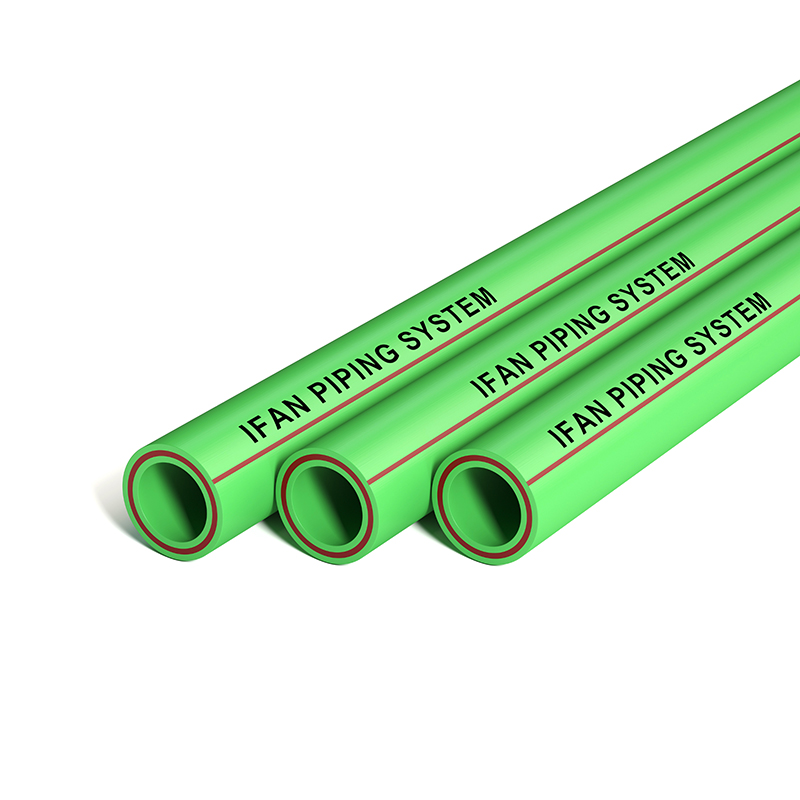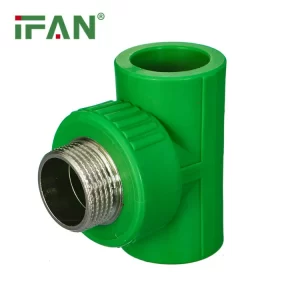Description
Analyzing the Cost Comparison of PPR Pipe Fittings with Other Piping Materials
When evaluating piping materials for various applications, the cost consideration plays a pivotal role in decision-making. PPR (polypropylene random copolymer) pipe fittings are widely recognized for their favorable cost characteristics in comparison to other piping materials. This article aims to delve into the cost comparison of PPR pipe fittings with alternative materials, addressing key factors that contribute to their cost-effectiveness and assessing their overall economic value in diverse plumbing and piping applications.
Material and Manufacturing Costs
PPR pipe fittings offer a compelling cost advantage owing to the relatively low material and manufacturing costs associated with polypropylene random copolymer. As a thermoplastic material, PPR is produced through a cost-effective extrusion process, contributing to competitive manufacturing expenses. Furthermore, the availability and affordability of raw materials used in the production of PPR contribute to the cost efficiency of the fittings, making them a viable choice for budget-conscious projects and applications.
Installation and Labor Costs
The installation of PPR pipe fittings is generally associated with lower labor costs compared to certain metallic piping materials. PPR fittings are lightweight, facilitating ease of handling and installation, which can result in reduced labor hours and associated expenses during the construction or retrofitting of plumbing systems. Additionally, the jointing techniques employed with PPR, such as heat fusion, offer efficiency and simplicity, further contributing to cost savings in terms of installation labor.
Long-Term Durability and Maintenance Costs
When considering the cost comparison of piping materials, the long-term durability and maintenance requirements play a crucial role. PPR pipe fittings are recognized for their corrosion resistance, scaling resistance, and low maintenance needs, which contribute to reduced lifecycle costs. By minimizing the frequency of repairs, replacements, and extensive maintenance interventions, PPR fittings present a cost-effective proposition over the operational lifespan of the plumbing system, mitigating the total cost of ownership.
Energy Efficiency and Operational Costs
The hydraulic efficiency and energy-saving attributes of PPR pipe fittings can translate to operational cost advantages over time. The smooth internal surfaces of PPR fittings facilitate efficient fluid conveyance, reducing energy consumption associated with pumping and circulation. The sustained hydraulic performance of PPR systems contributes to lower operational costs, aligning with the emphasis on energy efficiency and operational sustainability in various applications.
Comparative Cost Analysis with Alternative Materials
In comparison to traditional metallic piping materials, such as copper or steel, and other plastic piping options, PPR pipe fittings often present a favorable cost profile. While the initial material costs of PPR may exhibit variability based on market conditions and geographic factors, the overall cost advantage stemming from reduced installation, maintenance, and lifecycle costs positions PPR as a cost-effective solution for a broad spectrum of plumbing and piping requirements.
Conclusion
In conclusion, the cost comparison of PPR pipe fittings with other piping materials underscores their economic viability and competitive positioning within the industry. From lower material and manufacturing costs to reduced installation labor expenses, long-term durability, and operational efficiency, PPR fittings offer a comprehensive cost advantage that resonates across diverse applications. The favorable cost characteristics of PPR pipe fittings make them an attractive choice for projects seeking cost-effective and reliable plumbing solutions, ultimately contributing to the overall economic value and efficiency of piping systems in residential, commercial, and industrial settings.













